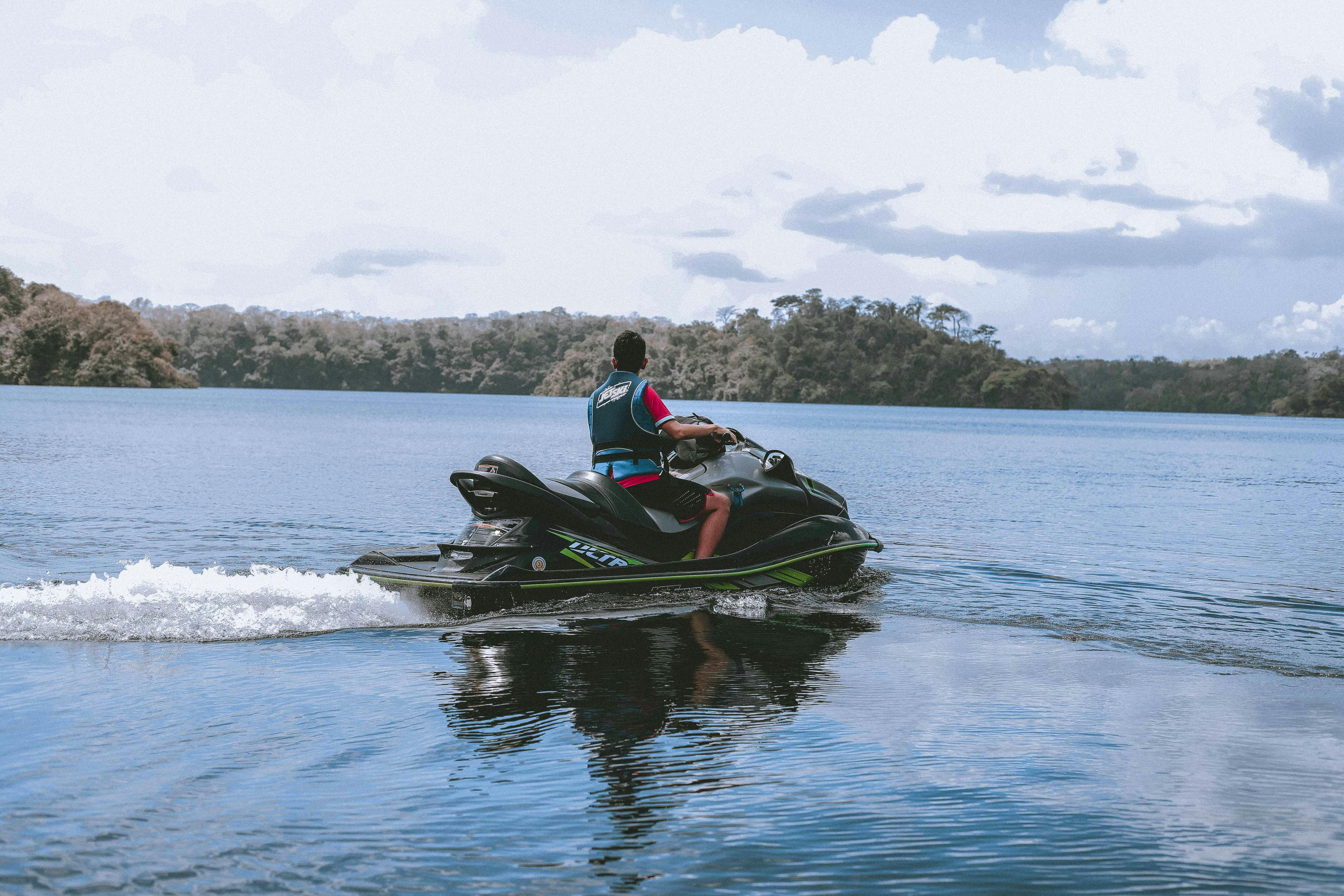Hardpan exists in many types of soils, but the most challenging is the red or brownish-red hardpan of the San Joaquin series of soils. The depth of this hardpan varies between 6 inches and 6 feet from the surface. Hardpan is composed of a mass of soil grains firmly cemented with iron-silica, and is so dense that it could only be broken by blasting. This impermeable layer serves as a barrier to water seeping in from the surface.
– The origin of the hardpan
Hardpan can be found in areas with a semi-arid to sub-humid Mediterranean climate, such as in the Central Valley (summer half of the year is hot and dry and winter half is cool). Average annual precipitation ranges from 5 to 16 inches in the San Joaquin Valley. About 85 percent of the annual precipitation occurs in the six months from November to April. Summers are hot and winters are moderate (Williamson et. al., 1985). The average temperature for January varies between 45 and 52F. Many days during July, August, and September have highs as high as 110F. The mean annual temperature is 56 to 63F. (Harradine, 1963).
Harradine (1963) hypothesized the genesis of this iron-silica hardpan. During the first months of spring, the chemical and biological activity is favored by the heating of the soil and the humidity of the late rains. This favors the release of bases, the dissolution of silica and sesquioxides, and their general decline in profile. As the soil dries rapidly in late spring, iron and silica irreversibly precipitate out, and a small increment of the less permeable subsoil gradually cements over. Furthermore, subsoil stratification provides a high moisture condition and therefore determines the depth of hardcap formation. In summary, the existence of hardpan shows that in this type of soil (loam) and climate (Mediterranean type), infiltration after precipitation does not filter into the aquifer. Due to the high temperature, the infiltrated water would evaporate before reaching the water table.
This hard impermeable layer, 1 to 6 feet deep, is a barrier to any infiltration that follows precipitation at the surface. Therefore, when calculating a water balance, no groundwater recharge from precipitation in areas covered by a hard layer of iron and silica should be included. Otherwise, you would overestimate the recharge. In the city of Fresno, this hard layer of the San Joaquin series prevents nitrate leaching into groundwater (Schmidt, 1972).
